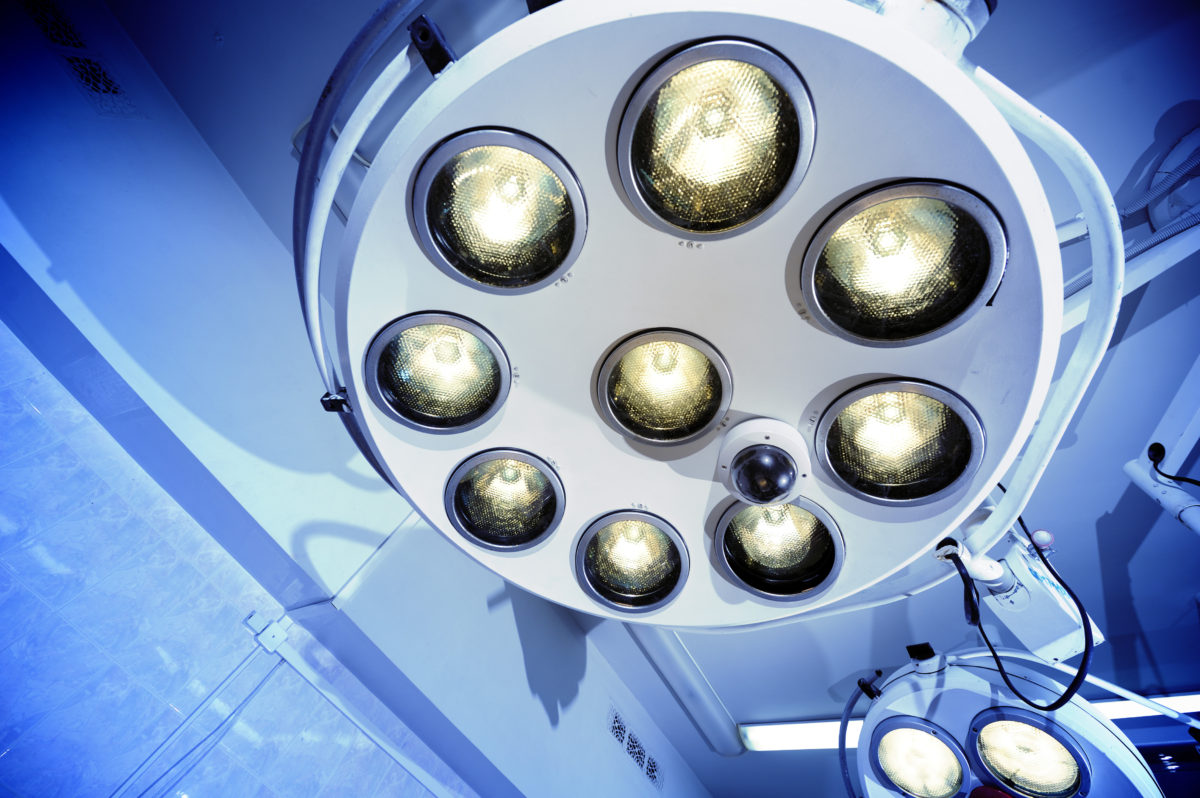Anesthetic Considerations for Patients with Hypertension

Hypertension, or high blood pressure, can cause undue stress on the patient’s heart, vasculature, and other organs, leading to a variety of health problems. Those health problems include heart disease and stroke, which are the leading causes of death in the United States (1). Almost half of all Americans have hypertension, as defined according to the recent classification changes of high blood pressure in 2017 by the American Heart Association and the American College of Cardiology (1). Unfortunately, only an estimated 54% of those people have their condition under control. Hundreds of thousands of deaths each year are primarily due to high blood pressure, and this disease ends up costing patients in the United States $48.6 billion each year (1). Because of the growing public health concerns that are associated with hypertension, it is critical that anesthesia providers have a working knowledge about the implications, management, and treatment options available for the hypertensive patient.
Obtaining an accurate measurement of blood pressure (BP) is the first step in the preoperative assessment of a patient with hypertension (2). Additionally, assessing the extent and severity of any possible organ damage is a very important aspect of the preoperative assessment (for two reasons). First, the presence of such damage is a marker of the severity of hypertension. For example, a patient who has raised BP and left ventricular hypertrophy is much more likely to have persistently raised BP than ‘white coat’ hypertension (which occurs when BP readings at the doctor’s office are higher than they are in other settings, such as at home). Secondly, such damage may increase perioperative risk in its own right, as in the case of renal impairment, heart failure, coronary artery disease, or cerebrovascular disease (2). Approximately 5% of patients with raised BP will have an identifiable cause for their raised BP, meaning that they have secondary hypertension. Clinical indicators of possible secondary hypertension include renal disease, hyperthyroidism, obstructive sleep apnea, and hyperaldosteronism (1). Patients with suspected secondary hypertension will require specialist assessment. Completing the investigation and treatment of secondary hypertension can cause a delay to surgery of several weeks. On the other hand, some of the possible causes of secondary hypertension, for example, endocrine tumors, may greatly increase the risks of surgery. Decisions should be made on a case-by-case basis as to whether it is appropriate to defer surgery in a patient with suspected secondary hypertension (2).
It is very important for the anesthesiologist to be aware of the common antihypertensive medications and their anesthetic implications. The major classes of antihypertensive agents include diuretics, angiotensin converting enzyme (ACE) inhibitors, calcium channel blockers, beta blockers (1). Diuretics may induce a hyponatremic state, which leads to decreased extracellular fluid osmotic pressure. This results in a shift of fluid into the cells and therefore causes a hypovolemic state (decreased blood volume). Many long-term hypertensive patients may therefore have a masked state of hypovolemia. Prudent volume augmentation in ambulatory settings with a crystalloid solution prior to the induction of anesthesia may help with masked hypovolemia (1). ACE inhibitors block the conversion of angiotensin I to angiotensin II in the renin-angiotensin system. Blocking angiotensin II formation is a key antihypertensive strategy since angiotensin II promotes vasoconstriction, as well as salt and water retention, by stimulating aldosterone secretion by the adrenal gland and thus sodium reabsorption by the proximal tubule (1). Because of an increased risk of refractory hypotension, ACE inhibitors should not be taken on the day of surgery, if general anesthesia or some type of deep sedation is planned (1). The currently available calcium channel blockers (CCBs) inhibit the opening of voltage-gated calcium channels, and when inward flux of calcium is inhibited, the contraction of smooth muscle cells in peripheral arterial blood vessels decreases, and accordingly, blood pressure falls from decreased afterload (3). Unfortunately, inhalational anesthetics decrease the availability of intracellular calcium, which enhances the negative effects of CCBs. Furthermore, CCBs can activate all neuromuscular blocking agents, thereby potentially impairing hypoxic pulmonary vasoconstriction, and mildly increasing intracranial pressure. Interestingly enough, except in cases in which malignant hyperthermia screening reveals susceptible patients, CCBs should generally be continued in the perioperative period (3). Lastly, beta blockers have a variety of pharmacologic and physiologic properties, but all of them act to block beta receptors. With regard to cardiovascular effects, β-1 receptors predominate on the heart, causing increased cardiac contractility, heart rate, and atrioventricular conduction. In addition, these receptors are present in the kidney, causing increased renin secretion that activates the renin-angiotensin-aldosterone system. Therefore, beta blockers are used to block the aforementioned processes. It is recommended that patients should continue their usual doses of beta blockers prior to anesthesia and surgery (3). Abrupt discontinuation of beta blockers is associated with significant rebound hypertension and tachycardia, which can lead to myocardial ischemia or infarction. Furthermore, beta blockers can be used in an attempt to use fewer opioids during the perioperative period (3).
After surgery, BP should be monitored regularly. Postoperative hypertension may predispose to bleeding, while hypotension may compromise organ perfusion and carry a risk of stroke. Anti-hypertensive treatment should be restarted when judged clinically appropriate. The role of the anesthetist as a clinician extends into the postoperative period. The anesthetist should ensure that the patient is discharged on appropriate treatment. If in the perioperative period, the patient’s BP is repeatedly >140/90 mm Hg, which is the threshold for further investigation, the patient should be referred to the general practitioner for further measurements and appropriate management (2).
References
- Yancey R. (2018). Anesthetic Management of the Hypertensive Patient: Part I. Anesthesia progress, 65(2), 131–138. https://doi.org/10.2344/anpr-65-02-12
- V Nadella, MBBS DA FCAI, SJ Howell, MA(Cantab) MRCP FRCA MSc MD, Hypertension: pathophysiology and perioperative implications, BJA Education, Volume 15, Issue 6, December 2015, Pages 275–279, https://doi.org/10.1093/bjaceaccp/mkv001
- Yancey R. (2018). Anesthetic Management of the Hypertensive Patient: Part II. Anesthesia progress, 65(3), 206–213. https://doi.org/10.2344/anpr-65-03-17